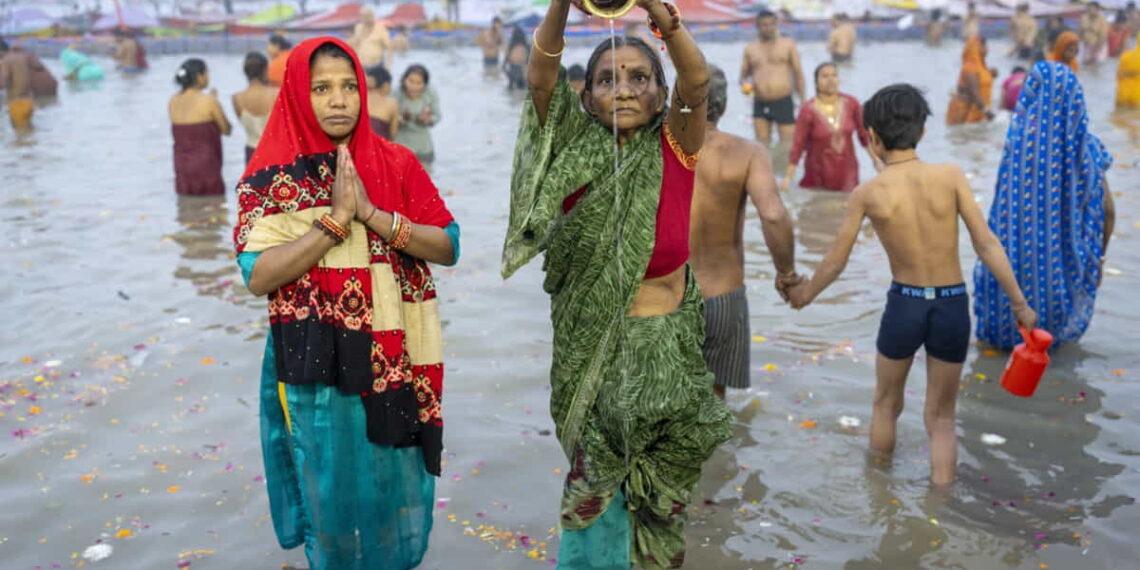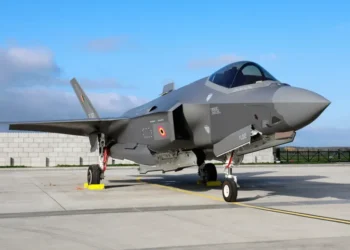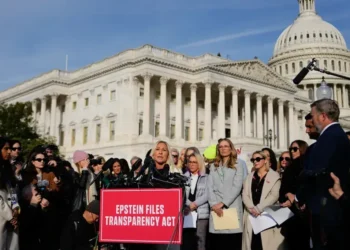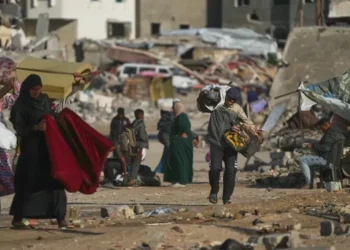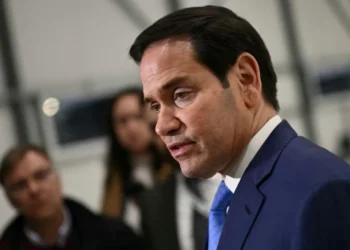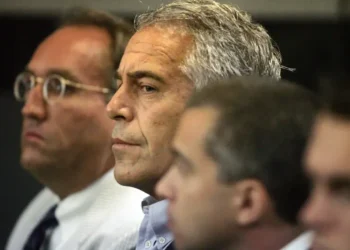Maha Kumbh Festival 2025: The World’s Largest Religious Gathering
Millions of Hindu devotees, mystics, and holy men and women have gathered in the northern city of Prayagraj to mark the beginning of the Maha Kumbh festival, widely regarded as the world’s largest religious gathering. Spanning over the next six weeks, the festival will see pilgrims from across India converge at the confluence of three sacred rivers—the Ganges, the Yamuna, and the mythical Saraswati. Here, they will partake in spiritual rituals, seeking liberation from the cycle of rebirth, which is central to Hindu philosophy.
The Sacred Gathering at the Confluence of Three Rivers
Hindus revere rivers, particularly the Ganges and the Yamuna, believing that bathing in their waters cleanses past sins and brings an end to the cycle of reincarnation. The most sacred and auspicious days for these pilgrimages occur every 12 years during the Maha Kumbh Mela, also known as the Pitcher Festival.
This tradition has been celebrated for centuries, with its roots tracing back to medieval times. Hindus believe that the mythical Saraswati river once flowed through Prayagraj, joining the Ganges and Yamuna at this spiritual nexus. While pilgrims bathe daily, the most intense and sacred moments occur on select dates, when naked, ash-covered monks rush to the holy waters at dawn to perform their rituals. Many devotees spend the entire festival period in Prayagraj, adhering to vows of austerity, giving alms, and bathing each day at sunrise.
Bhagwat Prasad Tiwari, a pilgrim, shared his experience: “We feel peaceful here and attain salvation from the cycles of life and death.”
A Festival Rooted in Hindu Mythology
The origins of the Kumbh Mela are deeply tied to Hindu mythology. According to the legend, the god Vishnu wrested a golden pitcher filled with the nectar of immortality from demons. As the gods and demons fought over it, a few drops of nectar fell in four cities—Prayagraj, Nasik, Ujjain, and Haridwar—marking them as sacred sites for the festival.
The Kumbh Mela rotates among these four cities every three years, with dates determined by astrology. This year’s Maha Kumbh is set to be the largest of all, eclipsing even the Ardh Kumbh Mela (a smaller version) held in 2019, which attracted a staggering 240 million visitors, with 50 million bathing on the busiest day.
An Unprecedented Gathering
At least 400 million people are expected to attend the Maha Kumbh in Prayagraj over the next 45 days, far surpassing the 2 million pilgrims who attended the Hajj in Saudi Arabia in 2024. The festival is a colossal logistical challenge for the Indian government, offering a platform to highlight India’s cultural heritage, religious practices, and tourism potential.
To accommodate this influx, a sprawling “tent city” has been set up along the banks of the rivers, with over 3,000 kitchens and 150,000 restrooms. The city spans 40 square kilometers (15 square miles) and includes essential services like housing, roads, electricity, water, communication towers, and 11 hospitals. Murals illustrating stories from Hindu scriptures adorn the walls of the temporary city.
Indian Railways has also introduced more than 90 special trains, making nearly 3,300 trips to transport pilgrims. Security has been ramped up, with 50,000 personnel deployed—an increase of 50% from the 2019 festival. To prevent stampedes, over 2,500 cameras, many with AI capabilities, will monitor crowd movements and send real-time information to control rooms.
Political and Cultural Significance
The Maha Kumbh Mela is not just a religious event—it also plays a key role in Indian politics. With nearly 80% of India’s population identifying as Hindu, past leaders have used the festival to strengthen their ties with the Hindu community. Under Prime Minister Narendra Modi’s leadership, the festival has become a focal point for the promotion of Hindu nationalism, with the government emphasizing the inseparable connection between Indian civilization and Hinduism.
This year’s festival has received significant investment from the state of Uttar Pradesh, led by Yogi Adityanath, a powerful Hindu monk and influential politician within Modi’s Bharatiya Janata Party (BJP). Over $765 million has been allocated to the event, with large billboards and posters featuring Modi and Adityanath alongside government welfare slogans.
The festival is also seen as an opportunity to boost the BJP’s support base by showcasing the party’s commitment to Hindu cultural symbols. However, recent Kumbh gatherings have been embroiled in controversy. In 2019, the Modi government changed the city’s name from Allahabad to Prayagraj, part of a broader trend of renaming cities with Muslim origins. In 2021, despite a surge in COVID-19 cases, the government faced criticism for not calling off the festival in Haridwar due to concerns over religious backlash.
Conclusion
The Maha Kumbh Mela is not only a spiritual pilgrimage for millions but also a grand cultural and political spectacle. As devotees immerse themselves in sacred rituals, the world watches as Prayagraj becomes the epicenter of Hindu faith, showcasing the magnitude of the festival and its importance in the broader context of India’s religious and political landscape.
This article was rewritten by JournosNews.com based on verified reporting from trusted sources. The content has been independently reviewed, fact-checked, and edited for accuracy, neutrality, tone, and global readability in accordance with Google News and AdSense standards.
All opinions, quotes, or statements from contributors, experts, or sourced organizations do not necessarily reflect the views of JournosNews.com. JournosNews.com maintains full editorial independence from any external funders, sponsors, or organizations.
Stay informed with JournosNews.com — your trusted source for verified global reporting and in-depth analysis. Follow us on Google News, BlueSky, and X for real-time updates.
